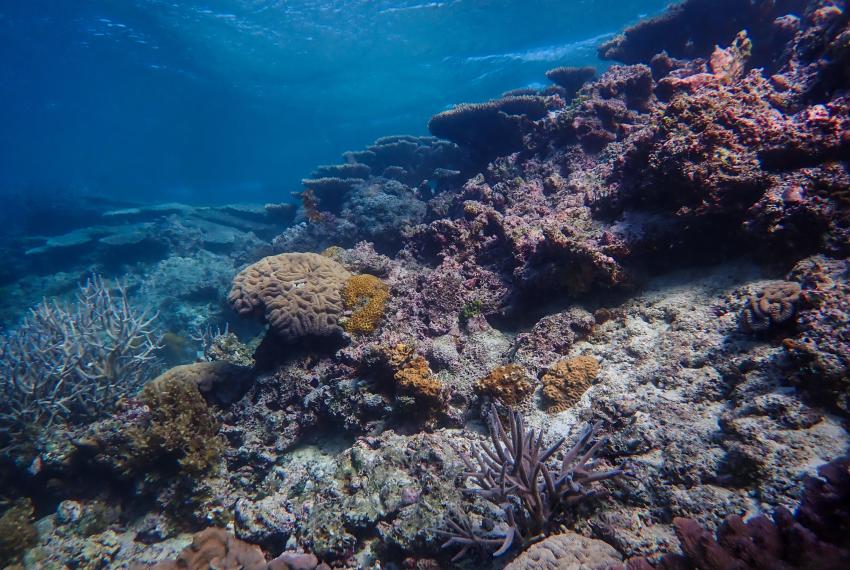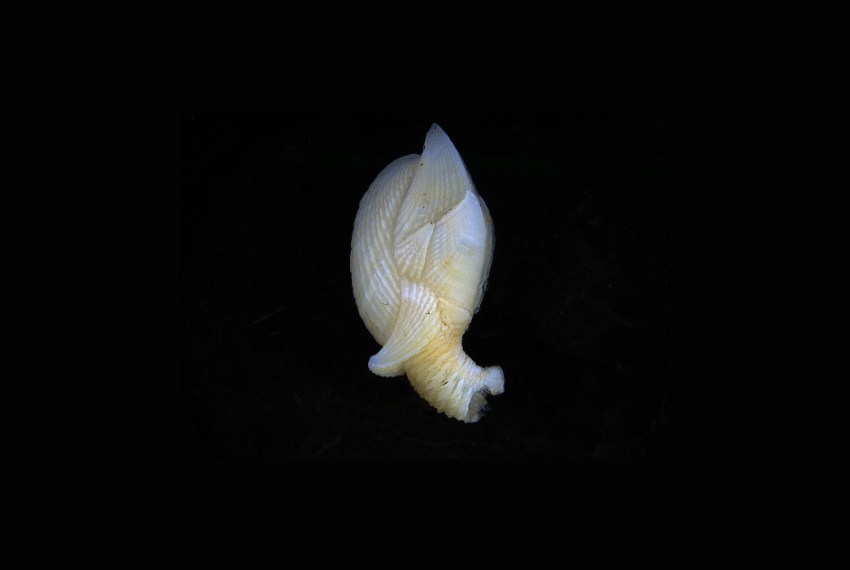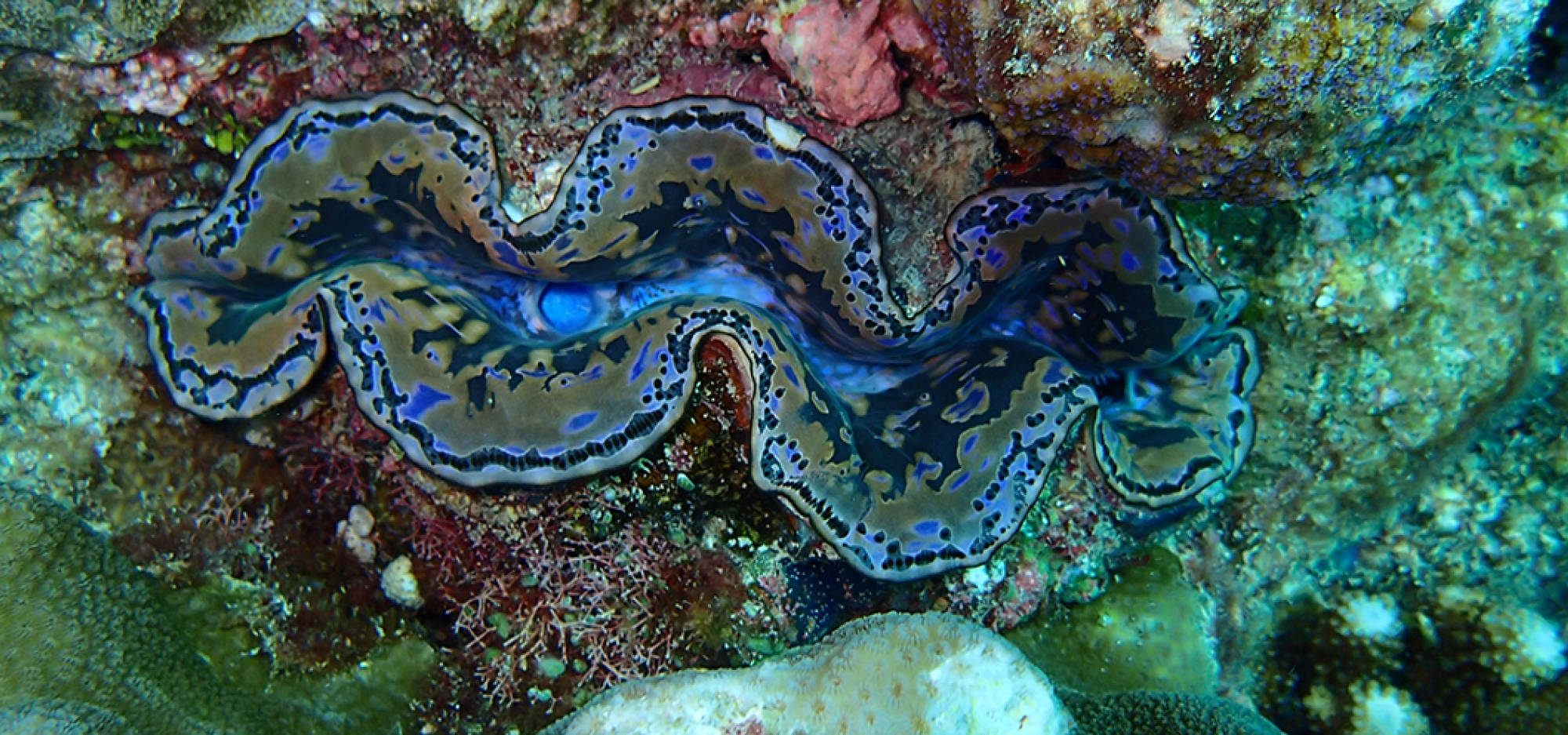
Aquatic Zoology
The Aquatic Zoology department documents and researches most of the marine, estuarine and freshwater, and where appropriate terrestrial, faunal groups of Western Australia, and related regions.
The Aquatic Zoology department surveys and studies varying climatic regions, from the cool temperate waters of Western Australia's south coast, through to the warm tropical waters of the northwest atolls, and even the deep-water areas off the WA coast. Additionally, freshwater and some terrestrial fauna are studied. The department frequently collaborates with scientific colleagues at other museums, universities and government departments. Consequently, department staff undertake fieldwork that produces large data sets giving extensive overviews of species’ distribution and populations which informs the management and protection of marine habitats.
Aquatic Zoology have extensive collections of 'wet' (mainly alcohol-preserved) and dry specimens which are maintained at the Museum's Collections and Research Centre, Welshpool, in addition to a comprehensive image collection of both live and collected specimens, as well as a growing tissue collection and educational/outreach collection.
Specimens from deeper water trawling and dredge sampling surveys also form an important part of the department's research. In recent years, such work has been carried out in collaboration with the Australian Institute of Marine Science (AIMS), the Commonwealth Scientific and Industrial Research Organisation (CSIRO), Schmidt Ocean Institute (SOI) and the University of Western Australia (UWA).
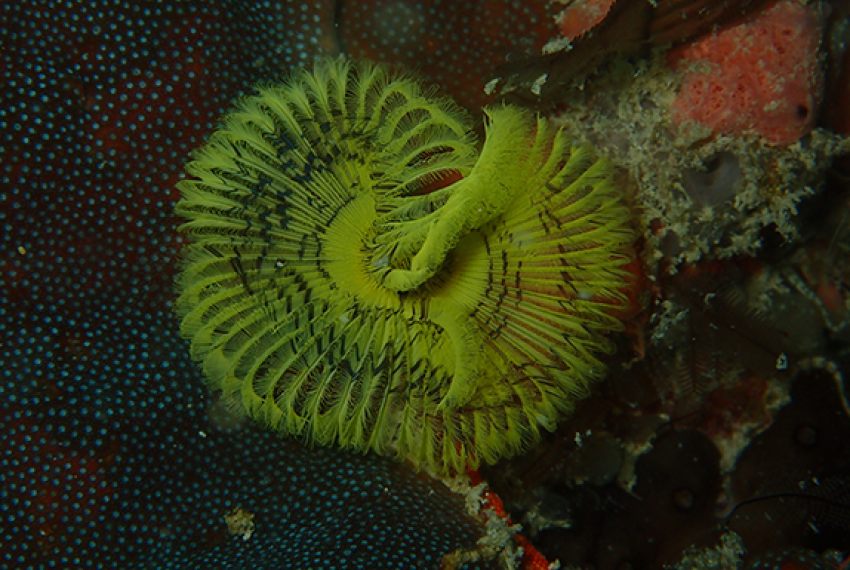
Kimberley Reef Connect
The Aquatic Zoology team dove into fieldwork in the far north Kimberly working with Uunguu Rangers from Wunambal Gaambera community. The focus was to document marine diversity across major faunal groups at some never before sampled sites in both State and Commonwealth waters.
News and stories
Explore the Aquatic Zoology collections
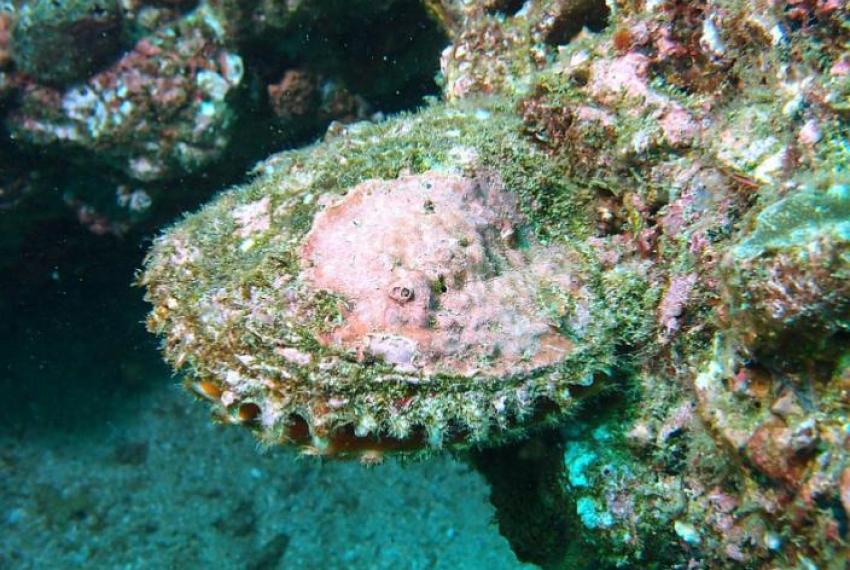
Mollusc Collection
The Western Australian Museum's Mollusc Collection represents molluscs collected from Western Australia, other parts of Australia, and from the wider world. The collection consists of approximately 400,000 lots.
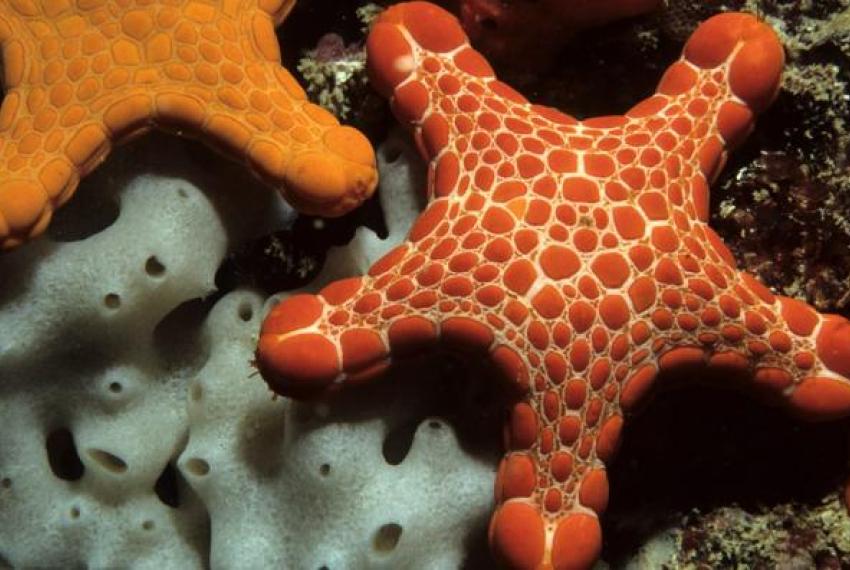
Marine Invertebrate Collection
The Western Australian Museum’s Marine Invertebrates Section comprises specimens from many aquatic animals including Cnidaria, ascidians, Bryozoa, Brachiopoda, ctenophores, Foraminifera and others!
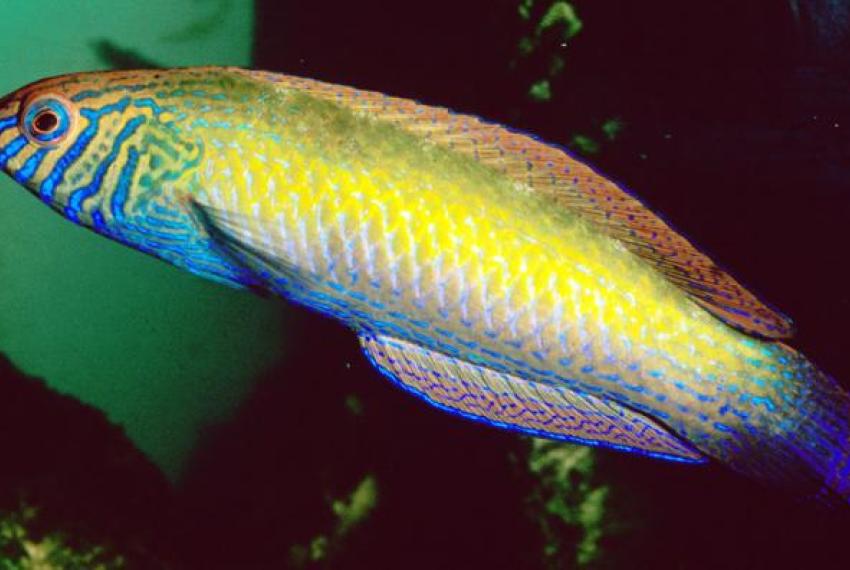
Fish Collection
The Western Australian Museum's Fish Collection comprises 175,000 specimens from 319 different families.
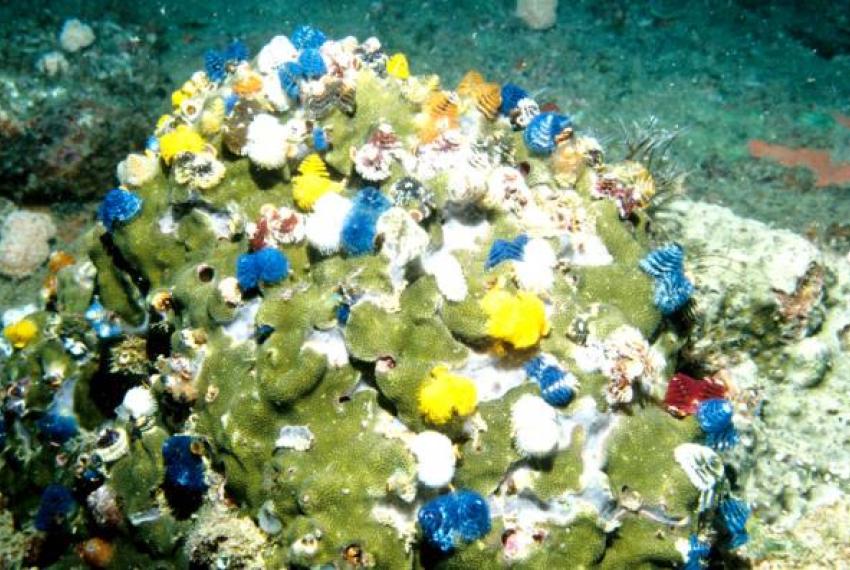
Worm Collection
The Worm Collection comprises specimens from a wide range of unrelated animals commonly referred to as worms owing to their generally long and skinny bodies. There are approximately 42,000 specimens in the collection.
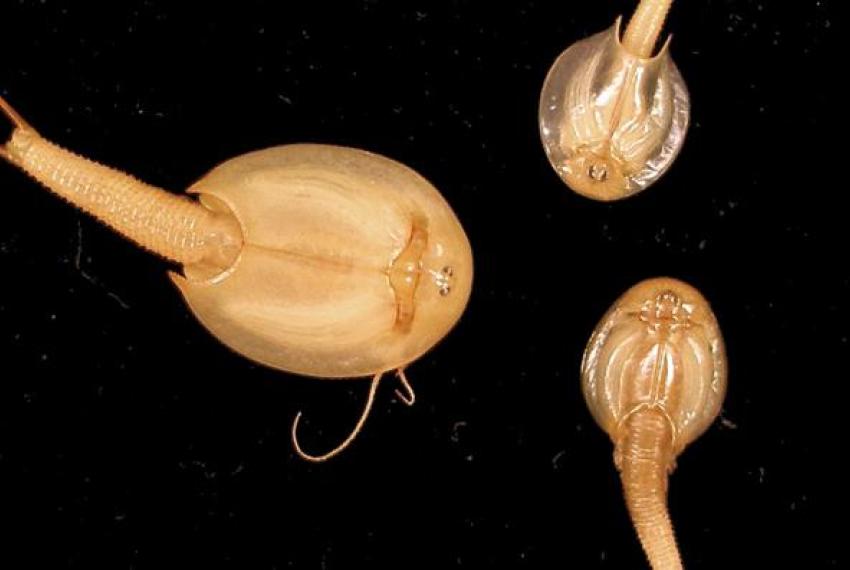
Crustacea Collection
The Crustacean Collection of the Western Australian Museum comprises marine, freshwater and terrestrial animals, which total over 103,000 specimens.
Research Projects
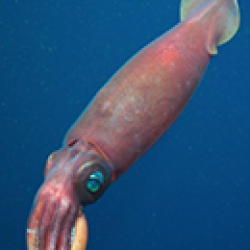
Deep sea exploration in Western Australia
Read the final report for the Illuminating Biodiversity of the Ningaloo Canyons expedition, which determined biodiversity of deep-sea marine animals, including invertebrates and fish, from offshore of Western Australia collected on recent cruises.
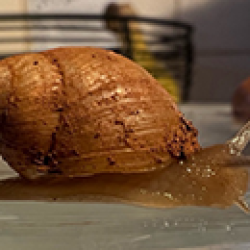
Moving from discovery to description
Describing a new species is a different process than discovering a new species. The process of describing a new species takes time. Read about one of the new species we have described recently: Bothriembryon rocketi.
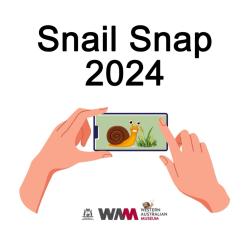
Snail Snap 2025 - coming soon!
Every winter, anyone interested in Western Australia’s land snails can contribute to improving knowledge about Bothriembryon by joining Snail Snap, a citizen science project where members of the public can contribute photos of this special group. This year, Snail Snap will run from June to August. Stay tuned for a link to the 2025 project!
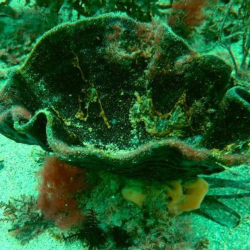
Download our Cockburn Sound Identification Guide PDF [14 MB]
Discover information about benthic invertebrate biodiversity in the Cockburn Sound and Owen Anchorage regions of WA. These animals were recorded from unvegetated soft sediments and hard substrates from 2021-2022 as part of a collaborative project with the Museum, Curtin University, Murdoch University, Edith Cowan University and DPIRD, co-ordinated by WAMSI.


